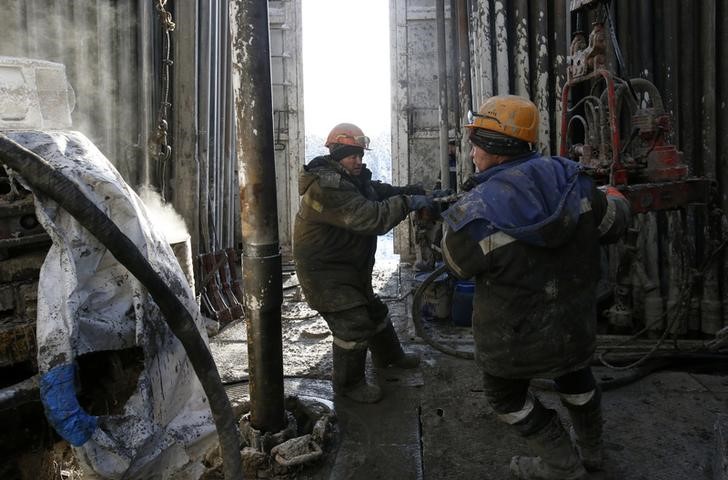Investing.com -- Oil prices settled lower Monday, as ceasefire talks in the Middle East and weaker demand in top oil importer China weighed.
By 14:30 ET (18.30 GMT), the U.S. crude futures traded 2.3% lower at $73.81 a barrel and the Brent contract dropped 2.4% to $77.78 a barrel.
Hopes for Gaza ceasefire deal grows
There has been increased urgency to reach a ceasefire deal amid fears of escalation across the wider region, an upsurge that could impact supply from this oil-rich region.
The U.S.-Israel meeting comes ahead of ceasefire talks that are expected to resume in Cairo on Wednesday or Thursday, though Hamas isn't directly joining in on the talks, but are expected to be briefed by mediators Qatar and Egypt.
Despite growing hopes for an Israel-Hamas ceasefire, "tensions remain high after Hezbollah on Saturday launched rockets at Israel," ANZ Research said.
China’s economy losing momentum
Both benchmarks fell nearly 2% at the end of last week, and have continued to weaken, after data from China showed its economy lost momentum in July, with new home prices falling at the fastest pace in nine years, industrial output slowing and unemployment rising.
Complex crude landscape
The global oil market is navigating a complex landscape marked by divergent supply and demand trends, geopolitical uncertainties, and evolving macroeconomic conditions, according to BofA Securities analysts, in a note dated Aug. 16.
Oil demand growth is slowing down materially as EV penetration rates ramp up in China and elsewhere, said BofA Securities analysts, in a note dated Aug. 16, “so we see global oil demand growth averaging 1mn b/d in 2024 and 1.1mn b/d in 2025.”
Additionally, non-OPEC+ oil production is expected to increase significantly, with a projected growth of about 1 million barrels per day year-over-year in 2024 and 1.6 million b/d year-over-year in 2025, while OPEC+ plans to potentially reintroduce some barrels into the market in the fourth quarter of 2024.
(Peter Nurse contributed to this story.)
